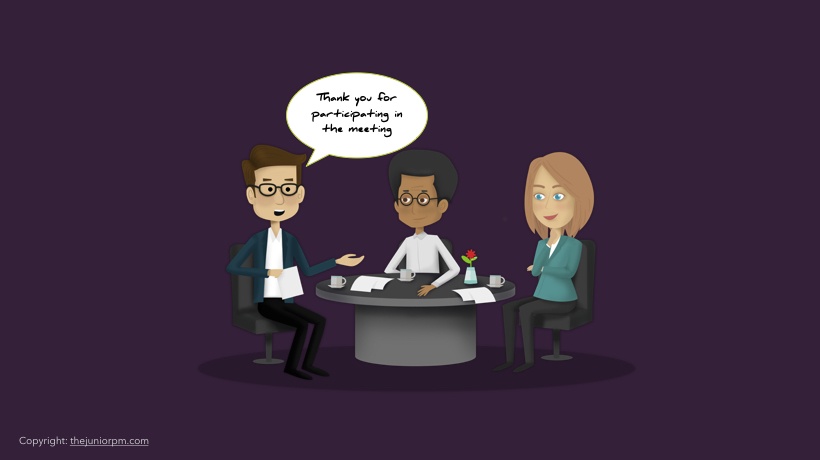Extracting The "X" From Learning Experience
"In some ways, content is a problem that’s easy to solve," said David Perring on the Learning Hack Podcast, "that’s why we spend so much time trying to solve it." And he is joined by any number of learning’s most prominent thought leaders in decrying the tendency to "throw content at people" rather than focusing on what Perring sees as the more complex challenges in learning.
We are content-fixated; content obsessed. And this content obsession too often hampers our attempts to create effective learning experiences. So how did it happen?
Learning = Content?
We thought hard about this question when we were researching the Learning Pool white paper: Experience: Theory, Design, And Supporting Technologies For An Experience-Based Learning Culture. As we worked to uncover the origins of the move toward Learning Experience Design, it became clear that it was also a move away from a reductive, content-based idea of digital learning. An idea which meant that "learning design" had come to mean, almost always, design of a piece of learning content.
During the first wave of internet-enabled online learning that began in the late 1990s, we somehow fell into the habit of using the word "learning" as a synonym for "learning content." When describing the workings of a Learning Management System, for instance, people might talk about "the learning," meaning the eLearning modules served by that LMS.
This was almost certainly a vendor-driven trend and one that has clearly proved dangerous for our collective view of what learning systems ought to do, proven by the fact that analysts and learning gurus feel they have to rail against it so vehemently.
And it’s a danger that will persist if we are not careful. As we move away from that initial take on eLearning to focus more on learning experiences and Learning Experience Design, there is a danger that we will just substitute the new term without altering the habit of thought, and "a learning experience" will become just a rather grand way of describing an explainer video or other piece of learning content.
This would be inexcusable.
The Rise Of A Techno-Pedagogy
While the first wave of eLearning pioneers might be excused for having rushed ahead with a flawed model of learning on the grounds that they were (to borrow Mark Zuckerberg’s phrase) moving fast and breaking things, we have since learned a great deal more about the use of technology in learning. The vision for eLearning touted by early learn tech players, such as Smartforce, was a complete "whole egg" system or suite comprising administration, content authoring, management and delivery, and tracking via SCORM. It is odd to think now that the design of these systems manifested an assumption, not often explicitly voiced, but nonetheless clear, that technology could handle pretty much the whole of the learning process unaided by human trainers.
It didn’t stick at all, of course, this first stab at techno-pedagogy. It looked too much like a modern version of B.F. Skinner’s teaching machine—and Skinner was nobody’s favorite learning theorist). But it took the industry a long while to climb out of that box.
When blended learning first appeared it felt to some like an inelegant fudge designed to save trainers’ jobs. But there quickly appeared a succession of newly-minted buzz phrases: informal learning, social learning, game-based learning, mobile learning, 70:20:10, learning architectures, etc., each of which could be seen as a fresh attempt to put the learner experience back at the center of things.
What was at issue was a question of ownership. Who owns learning? In the admin-focused whole-egg model it seemed clear. Learning was something that was done to, delivered to, served to the learners: organizations and institutions owned and ran the whole thing. Having the word "learning" co-terminus with "content" was both a result of this way of thinking and an enabler of it.
Having learning equal content made the whole process more neatly transactional; easier to fit into a flow diagram on a PowerPoint slide. Learning is a slippery word; both verb and noun. Content is more tangible; sits more easily within a business model (ownership of content is always clear: content of all sorts is heavily protected by intellectual property law).
By extension, if learners accepted the equation that learning = content, they accepted that what they might otherwise have thought of as their learning was in fact owned not by them but by their employer.
Who Owns My Learning?
In actual fact, nobody accepted this equation.
As a picture of the world, it was too far adrift from reality to have any serious credibility. It did violence not only to English grammar but also to hundreds of years of learning theory as well as more recent insights from cognitive psychology and neuroscience. Learning is indisputably an activity, not a commodity, and a highly personal one at that. It takes place within the brain of an individual, although it also relies on social networks within and beyond the workplace.
Something had to change if the transactional, administrator-based idea of learning design was to be brought more into line with the reality of learning as something that learners do, rather than something that the employer supplies and which they access. And one of the main things to change was the language. Putting "experience" at the center of learning design brought us to a more active, less transactional place and emphasized the fact that content, although important to learning, is not the whole story.
Content And The LXP
One illustration of this shift can be seen in an aspect of the design of Learning Pool’s Stream LXP [1] referenced in the white paper. My team identified 43 different learning experience types which are inherent in the platform. Content-based experiences make up only a part of that set. The others, in fact, the majority of them, will for the most part be very familiar to people as activities that happen in the real world and have been part of normal staff development practices for some time, though not all will be common in every organization. Activities like shadowing a colleague, teaching another person, or managing a project can all be learning experiences in their own right.
In this, and in many other ways, today’s Learning Experience Designers and technologists are challenging the view that learning begins and ends with what SCORM data can record. But that’s another conversation [2].
Great learning content is an extremely important part of any organization’s L&D provision, but it is neither a necessary nor a sufficient condition for learning to take place.
References:
[1] Learning Pool’s Stream LXP
[2] The Learning Technology Manager’s Guide to xAPI










